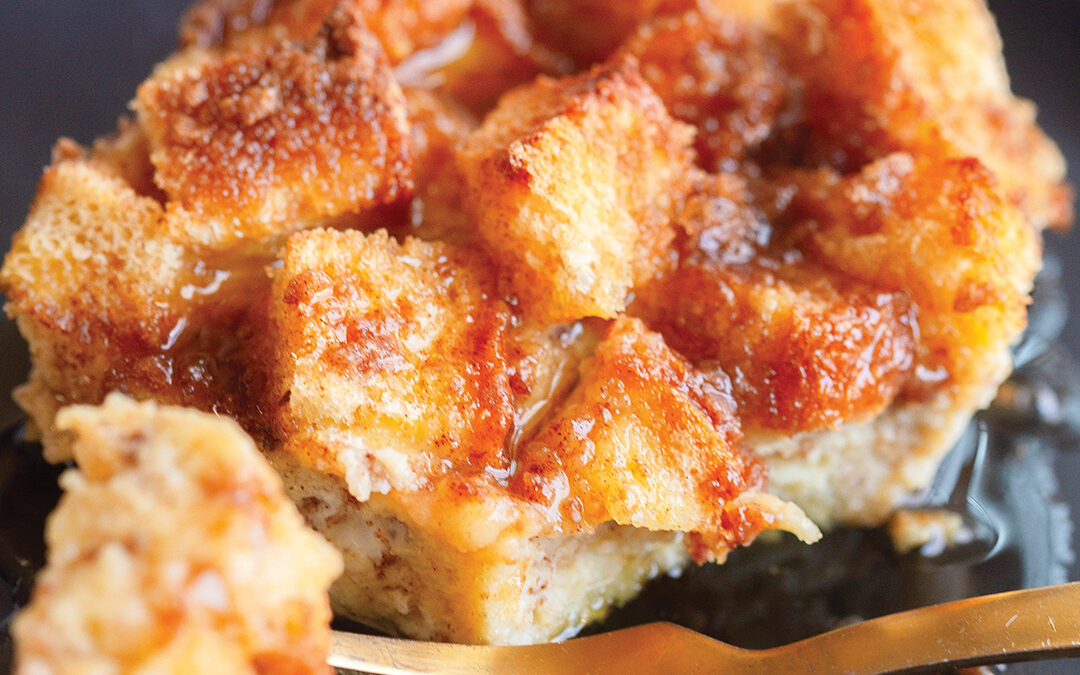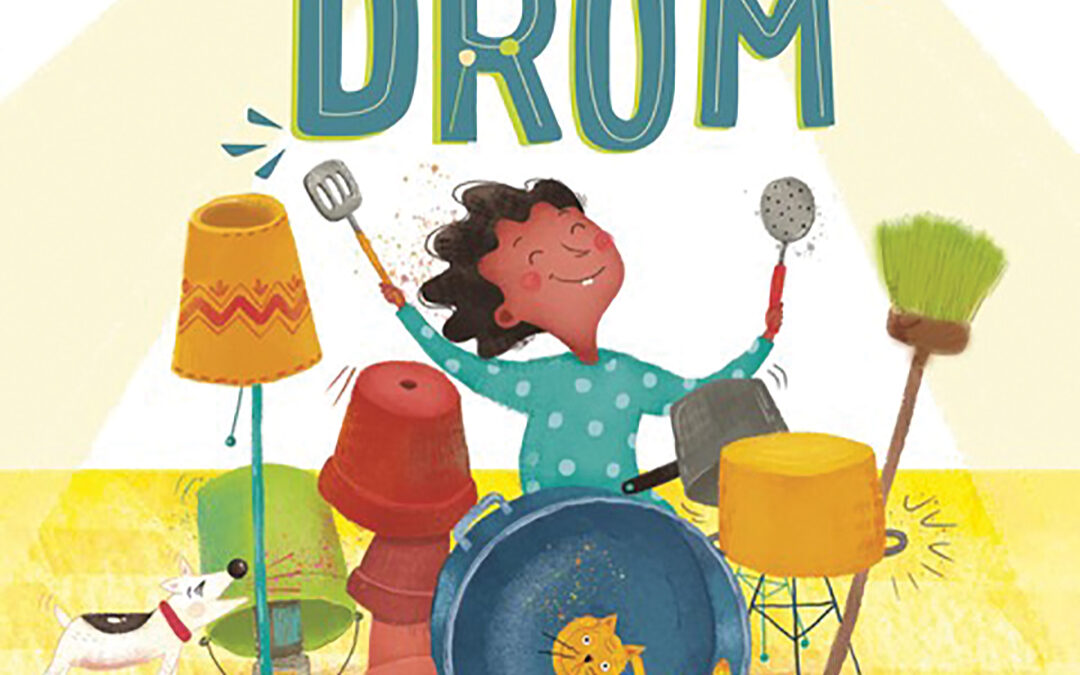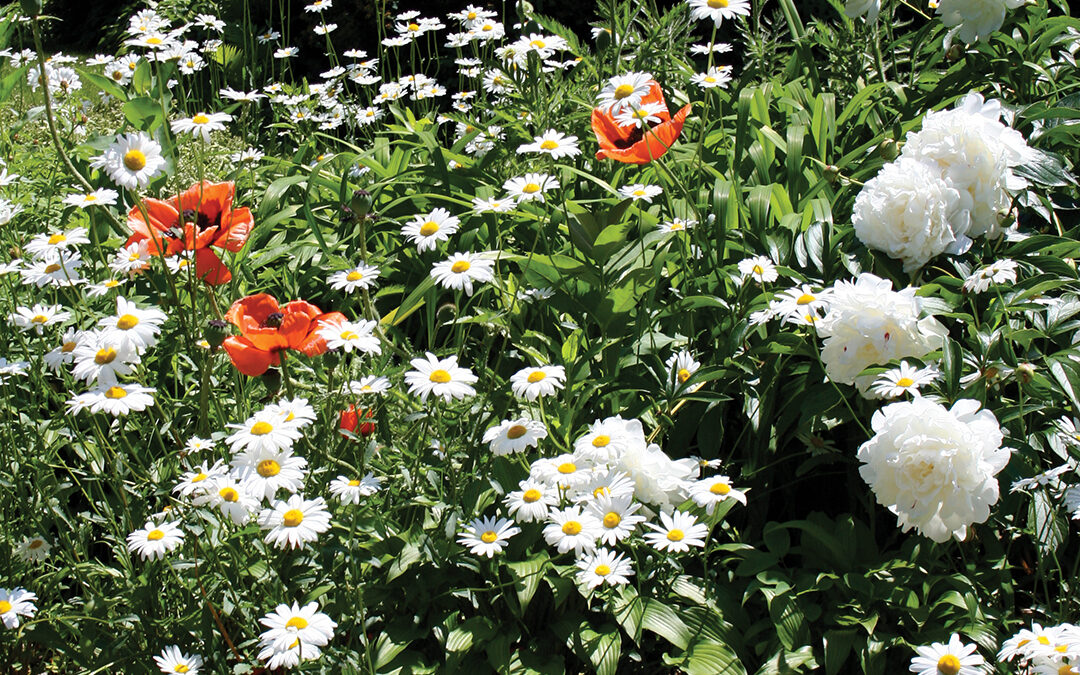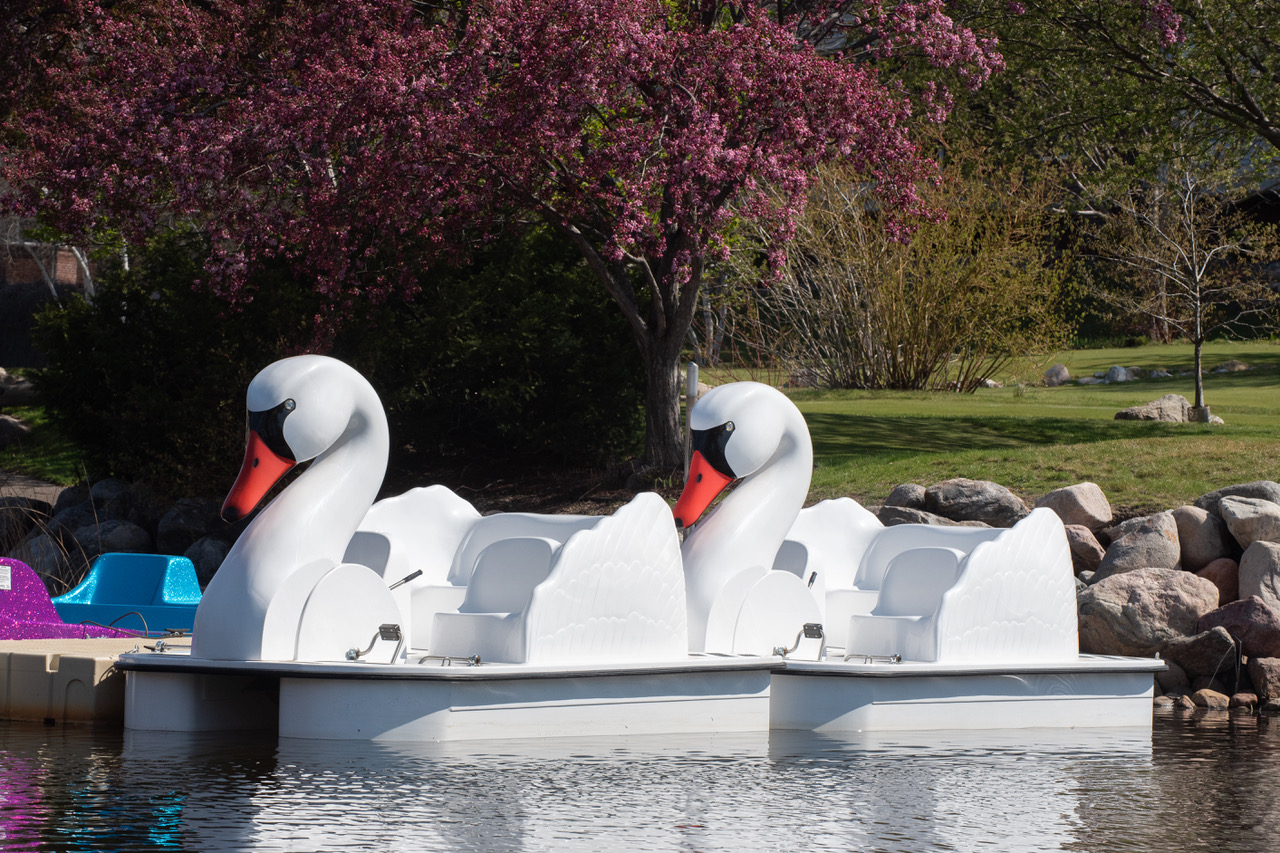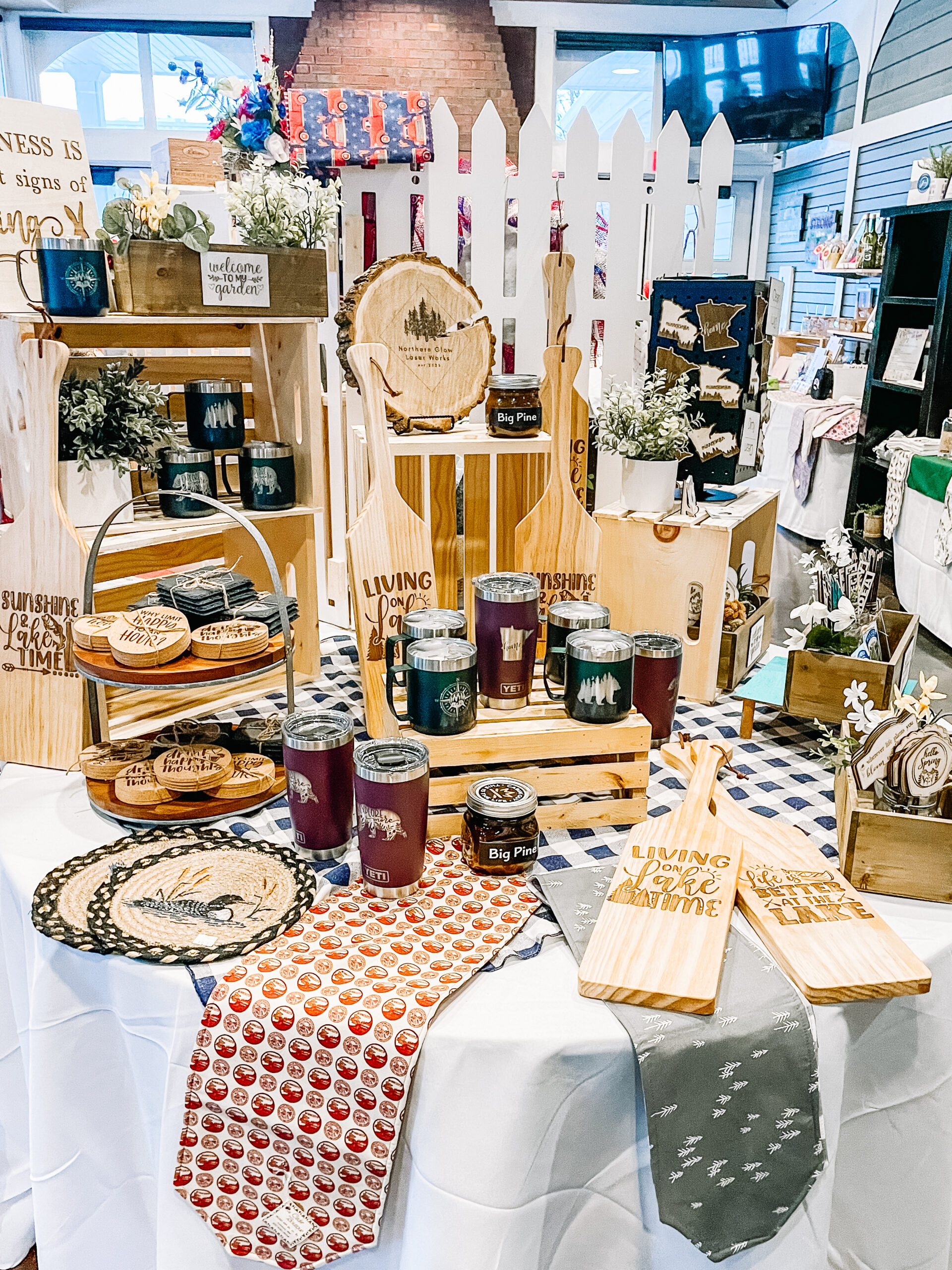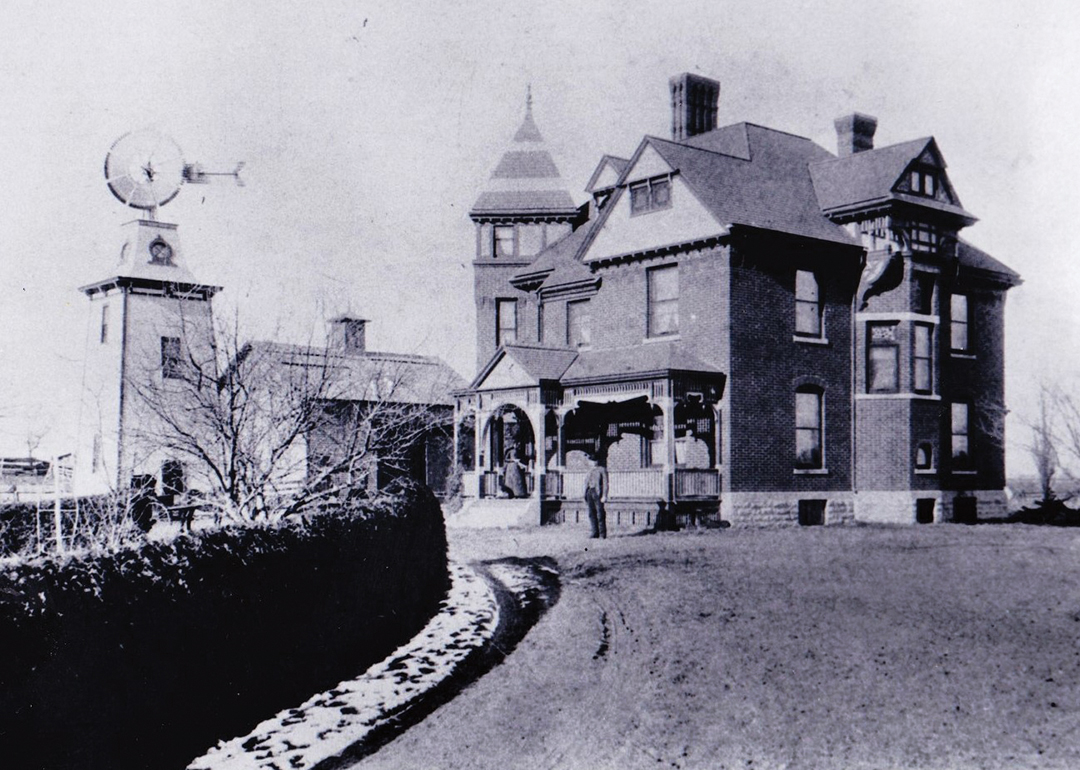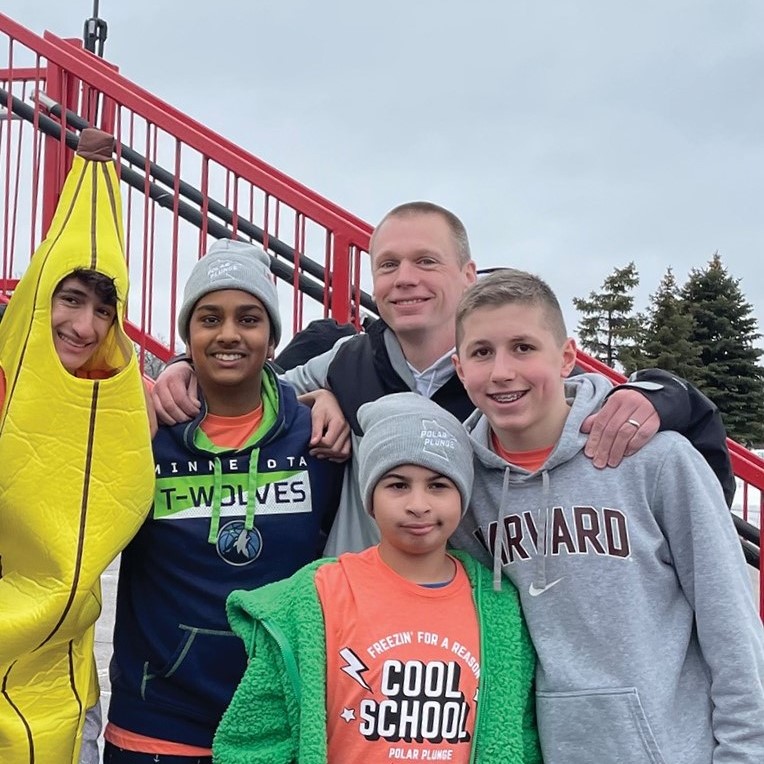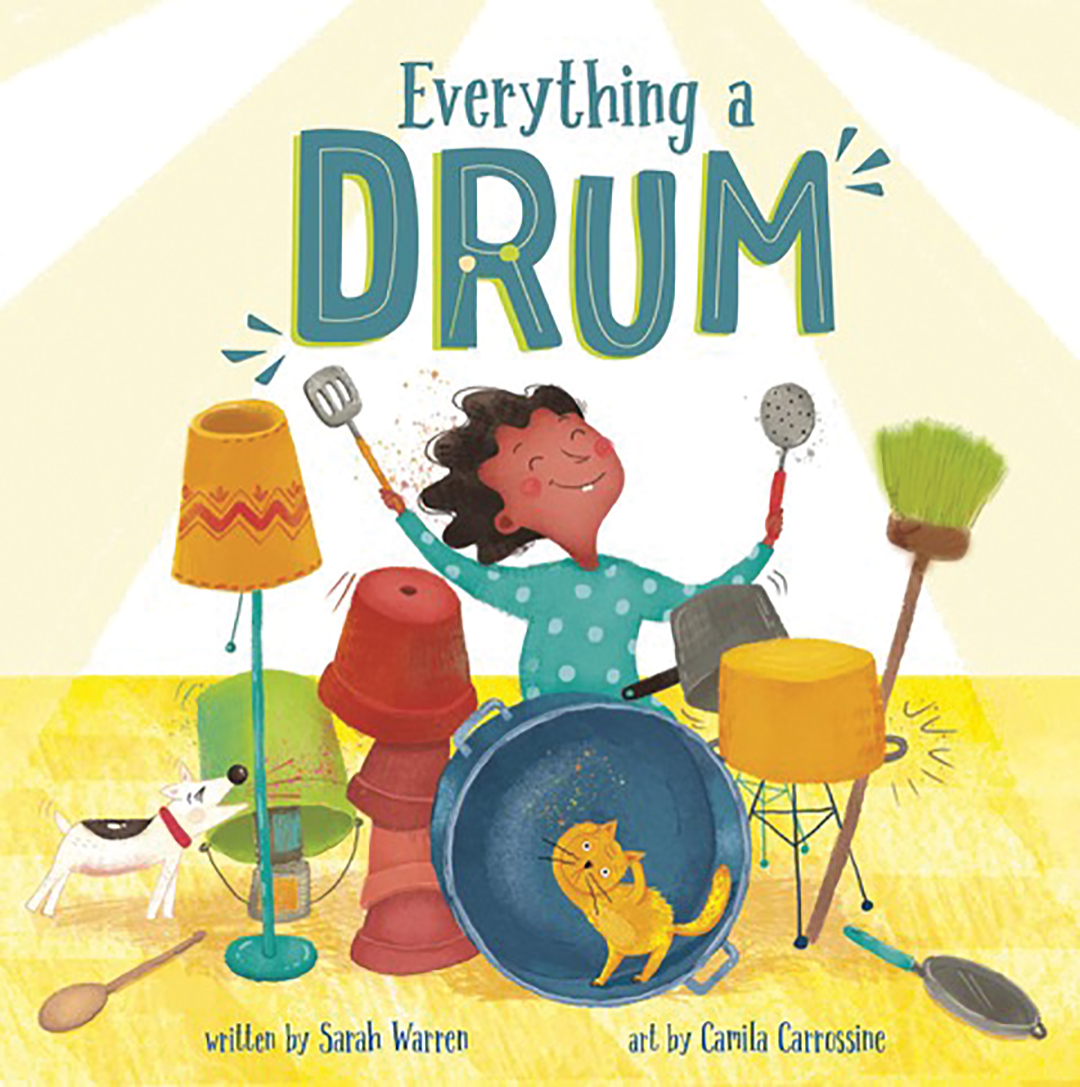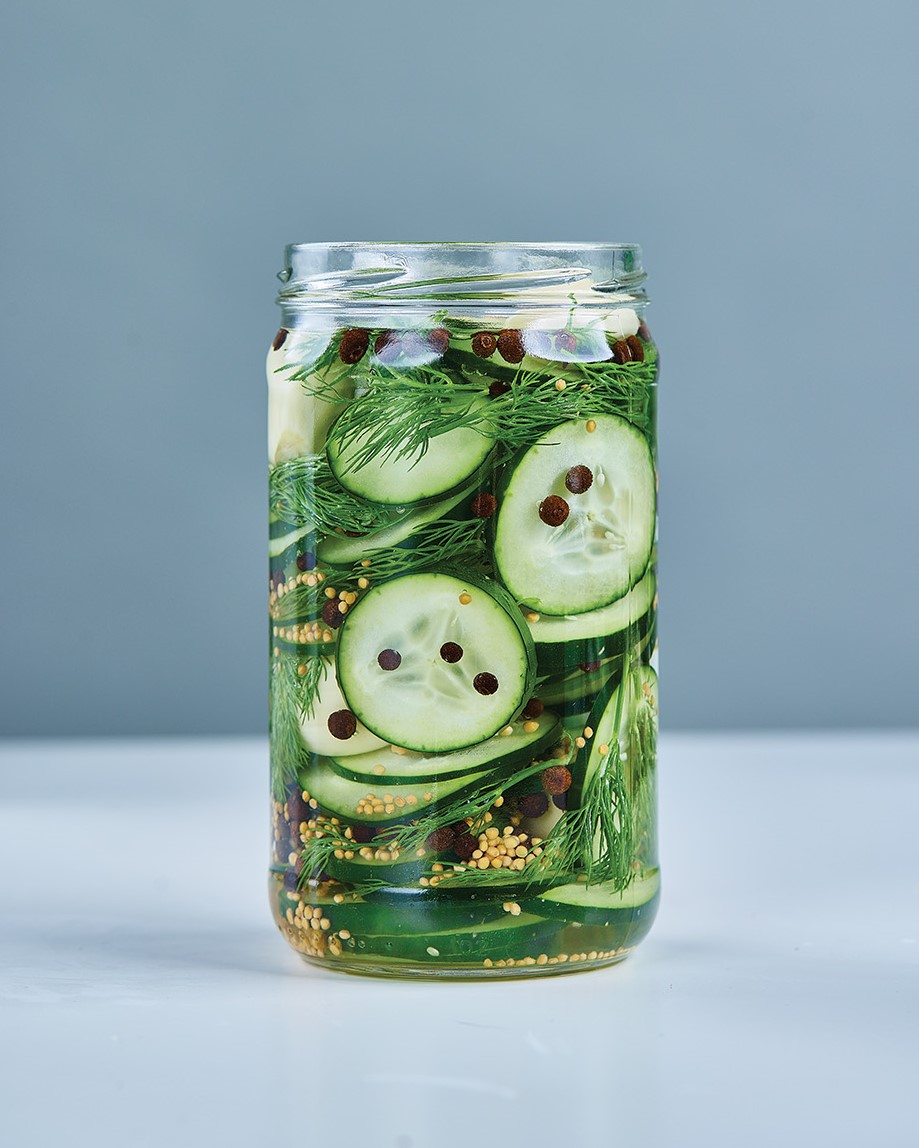
Photo: Chris Emeott
Plant your spring garden with a mind toward canning, preserving and pickling.
Kittie Anderson has been canning and preserving fruits and vegetables from her garden—and the gardens of friends—since the late ’70s. It all started when a friend invited her to come over and pick raspberries. After filling several pails, Anderson had a bounty beyond what she and her family could eat fresh. So, she headed to the library, checked out a book on canning and made her first batch of raspberry jam.
From there, Anderson started planting her own gardens. When living in Grand Marais, Minnesota, in the early ’80s, her garden was small. When she and her husband moved to Colorado in the mid-’80s, they planned for extra garden space, and that’s when Anderson really developed her love for growing her own produce and dug deeper into canning, pickling and preserving. After returning to their native Edina five years ago, Anderson went bigger than ever. Her current backyard garden is 1,620 square feet, filled with a multitude of fruits and vegetables every summer. Anderson started submitting some of her canned goods to the Minnesota State Fair Creative Arts competition after returning to Minnesota. In 2022 alone, she won first place for her blueberry jam, second place for her sweet dill pickles, second place for her salsa and third place for her sweet pickle relish. Two years ago, that sweet pickle relish was awarded Best in Show in the pickling category.
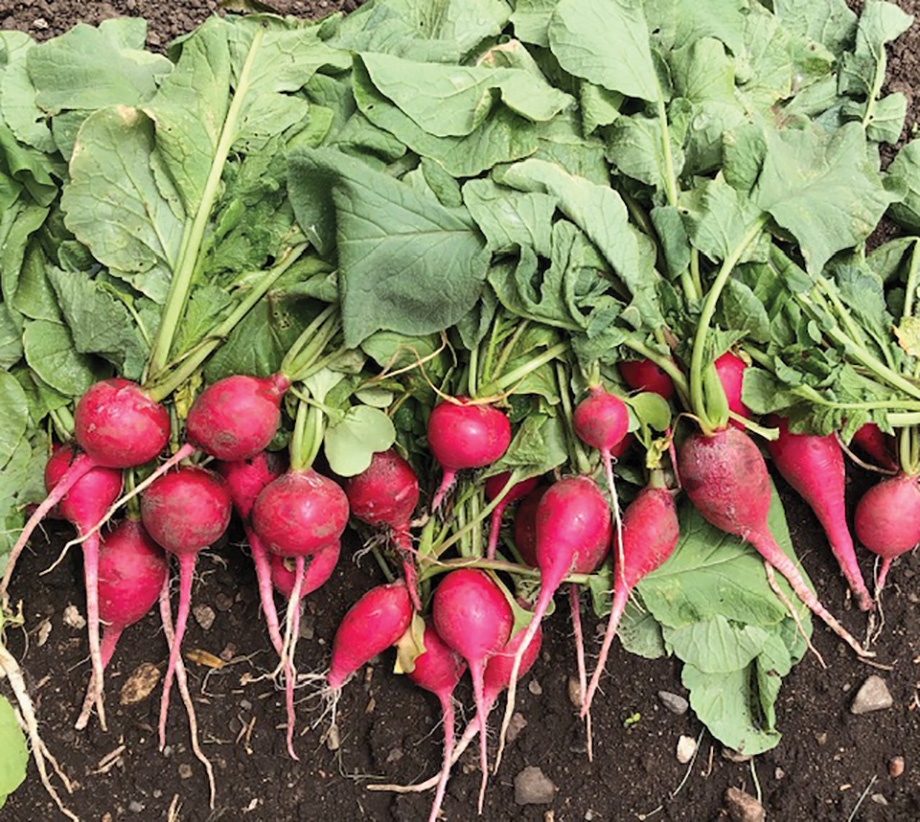
Kittie Anderson’s first harvest of radishes.
But Anderson isn’t the only Edina resident who’s received accolades from the Minnesota State Fair. In 2022, Lou Rohman won first place in the sauerkraut category, as well as best in show for the pickling category. He has spent years making sauerkraut and perfecting his recipe; he grew up with a family that had a huge garden, and he says they did a lot of canning growing up—which included making sauerkraut. Twenty-two years ago, he and his brother decided to revive the family tradition. Now, every September, 30-plus friends and family members gather to make a huge batch of sauerkraut. They start with about 50 heads of cabbage, which they secure at various local farmers markets, and end up with a yield of about 50 quart-sized jars of sauerkraut—two of which are dedicated to submitting to the state fair the following summer.
In 2022, Edina resident Jasmine Brett Stringer dropped off her first state fair submission and walked away with fourth place for her sweet pickles. But it wasn’t her first year making pickles; she’s been canning and pickling her garden bounty for the past seven years, alongside her husband, Roger. Their garden isn’t in their Edina backyard, however. It’s located in Blue Earth, Minnesota, where her husband has a corn and soybean farm. On the farmhouse property, Stringer has her own plot for vegetable gardening.

Jasmine Brett Stringer in her garden.
Planning Your Plot
Now, every late winter/early spring Stringer starts planning out her garden, deciding what vegetable seeds to plant. While she enjoys the fresh bounty throughout the summer, she always plans on some end-of-season canning weekends to preserve what she and her husband can’t eat fresh. Stringer says she plans each year’s veggie garden based on what she knows she likes, as well as what’s done well in previous years.
Anderson does the same. Throughout the winter, she starts planning, and in February she starts ordering seeds. A few vegetables need a head-start in their growing season, so she’ll start them indoors—usually broccoli and shishito peppers. For everything else, she waits until the last frost; when the ground thaws, she tills her garden before planting her seeds—usually starting in the first or second week of May. For green beans, she plants in two batches, two weeks apart, so that her harvest lasts all summer between the two batches. And pumpkins she plants a bit later. Everything is typically in the ground
by the first of June.
When planning their gardens, both Anderson and Stringer spend some time mapping out where, within their garden plots, each vegetable should go. Anderson recommends rotating your garden each year, as certain plants deplete the soil in the area in which they’re planted. But even with rotating, both women say they plant their vine plants—like pumpkins, squash and cucumbers—along an edge, allowing for overflow beyond the garden borders and to ensure they don’t overtake other plants. Beyond that, Anderson says planning out your plot simply involves learning which seeds can be planted close together (lettuce, beans and peppers) and which ones need a wider circumference (tomatoes and broccoli).
Though Rohman doesn’t grow all the cabbage his family uses for their annual sauerkraut weekend, he does have a small backyard garden, and he encourages gardening and preserving novices to get creative and simply give it a try. “I know in Edina you don’t always get a big space, but get creative with pots and small spaces,” Rohman says. “Beans and carrots and tomatoes don’t take that much room and that much work, and most can be canned as well.”

Lou Rohman getting ready to wash cabbage before making sauerkraut.
Stringer agrees. “You can do a lot of plants in a pot. You can do tomatoes, [and] you can do potatoes [and] onions. You just need to make sure you have a deep enough pot for them. You can do … lettuce [and] spinach.”
Harvesting and Canning
After everything is in the ground, “Then you wait,” Anderson says. “You weed, tend the soil and wait.” June is a quieter month for her garden, but especially by mid-July, she’s busy picking her vegetables every other day through September.
“It is a lot of maintenance. It is a lot of weed pulling,” Stringer says. “Thank God I do have a friend [who] loves to go and work in the garden with me and help me pull weeds and pull things.” Despite the work, she says, “I think it’s therapeutic, in a way, getting out there, playing in the soil.”
Rather than waiting until the fall to start canning, Anderson says she starts making pickles toward the end of July, and the third week of August through September are dedicated to salsa. (She grows everything for her homemade salsa in her garden, other than onions.) She also makes jam throughout the summer, whenever she has enough bounty for a batch.
Rohman prioritizes eating his garden vegetables fresh, then cans the leftovers in the fall. “There’s been times when I eat all the tomatoes or all the carrots, but usually there’s leftover … And you can’t grow too much because you always can [it],” he says.
Stringer also tends to wait until the fall for her canning and preserving, preferring to enjoy and share her fresh vegetables as much as possible during the peak growing season. But when fall rolls in, she dedicates most of her weekends to canning and pickling—from canning or freezing asparagus, green beans, okra and mixed veggie medleys to pickling cucumbers and stewing, freezing and canning tomatoes (plus making salsa). Whatever she cans and preserves is not only used by her and her husband throughout the winter, but she also gives cans to friends as hostess gifts.
On the fence about gardening? “My advice is just try it,” Rohman says. “Get a friend or family member and plant some stuff, knowing that you’re going to can it later in the season … It’s actually a lot of fun to open that preserved can in the winter and go, ‘Wow, this is something we planted from seed, and it actually tastes really good.’ … And then have some fun and enter it in the fair. I encourage everybody to enter their stuff in the fair.”
At-Home Education
Want to learn more about canning, pickling and preserving your garden’s bounty? Both Stringer and Anderson recommend the Ball Book of Canning and Preserving. But you can also take classes and watch videos through the University of Minnesota Extension, which covers a variety of topics, including preparing soil, fruit and vegetable growing guides, pest control, preserving and preparing food safely.

